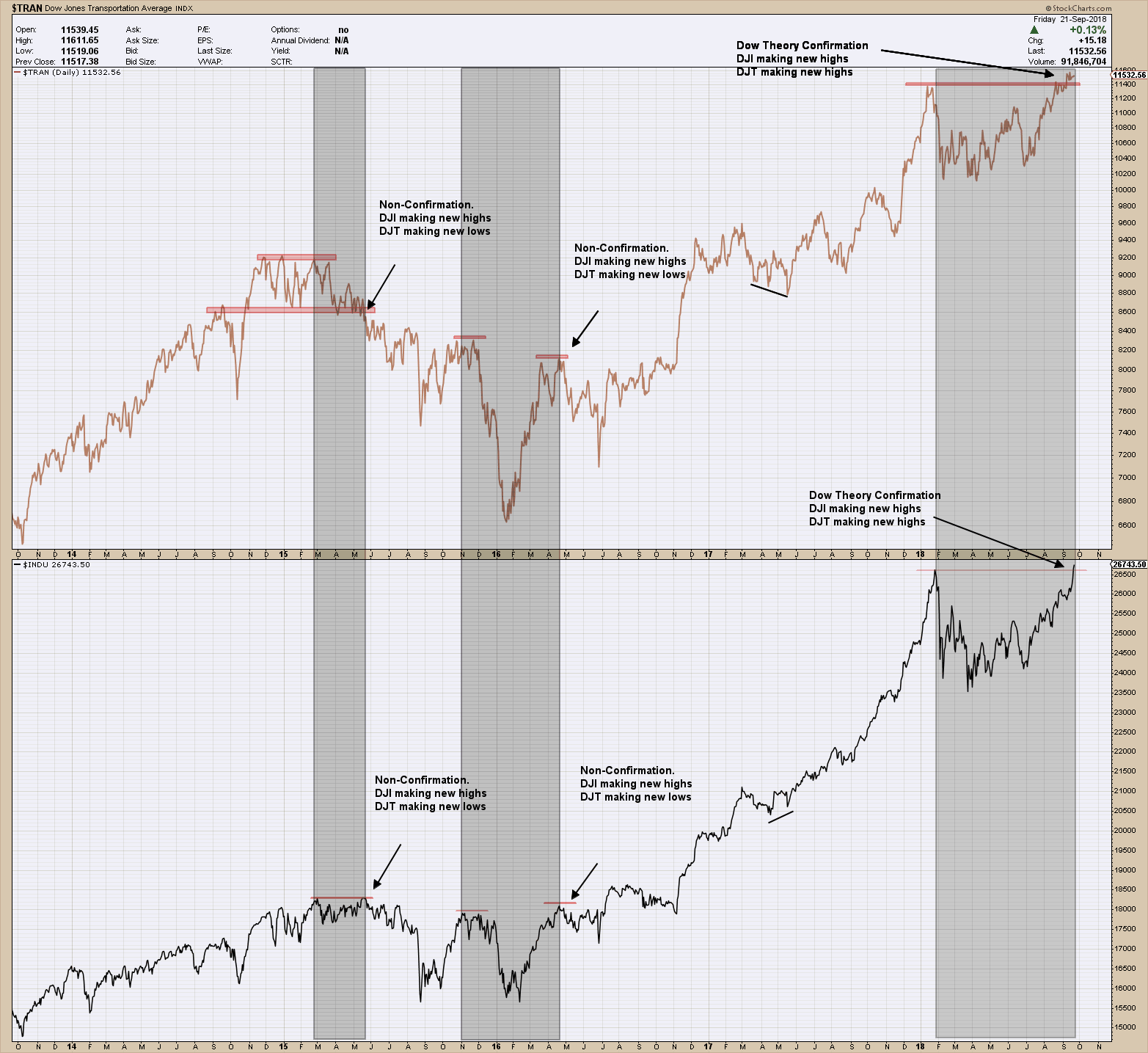Trend following is a simple concept that has proven itself time and again and across all different markets. In its simplest form, Trend following is a strategy whereby an investor should buy an asset when its price is trending higher and sell when its trend reverses down, in either case expecting price movements to continue. Why this works is because like most things, investments trend. Of course there is the details to work out as to identify when trends start and end but that is for another post.
When looking at its chart, it’s easy to see why an investor would want to invest in the Russell 1000 stock index (the largest 1000 US stocks). It has been in a clear uptrend since its 2009 bottom, rising more than 420% over the past 9+ years.
It just so happens that some marketing genius has sliced the same Russell 1000 index into both a “value” and “growth” component thereby providing 3 of the same (but slightly different) flavors of the Russell 1000 index. I have plotted each in the graph below.
The green line is Russell “Growth”, blue is the entire 1000 stock index and the laggard, red, is “value”. We know historically during strong bull market up-trends there is proven out-performance in owning a larger growth component in a portfolio which is holding true during this uptrend. As the bull market wanes and we get closer to the end an economic up cycle, “value” typically begins to lead “growth”. To put it in perspective, in the case of the Russell, so far “growth” has outperformed the overall index by 70% and “value” by 130% over the same 10 year period. The question an investor needs to answer is why own the broad index or value when Russell growth is leading the trend? Most of the time the answer investors use is because of diversification or they don’t know how to find those that are out-performing. In my mind, those is poor reasoning. Aren’t we investing for one reason and one reason only? To make the most amount of money.
So what we can learn from this very narrow (but representative) look at the US stock market is 1) we are still in a strong bull market 2) trends last longer than one expects (which is why we want to be trend followers) and 3) trend following can provide a clear out-performance advantage over general index investing.







